For making reservations on the NMR spectrometers in the UCR ACIF. Click the NMR spectrometer of interest, then click “schedule” to book a time. Talk to Matt Hight if you have questions about NMR use or access.
Request liquid and solid waste pickup here.
Find chemical storage locations in the Su Lab, or other labs within the UCR chemistry department.
[members only] Standard Operating Procedures (SOPs) for all chemical classes in the Su Lab. Refer to these SOPs before using your chemical of interest.
Come tour the state-of-the-art facilities and research labs in the UCR Chemistry department.
RESOURCES for Experimental Work and Characterization Analysis
Lists 1H, 13C peaks for common residual solvents and impurities in your NMR spectrum.
Tabulates anticipated NMR shifts for various functional groups based on experimental data.
This site has collated the NMR, MS, & IR spectra for many organic compounds that have been reported in the literature.
A nomograph interactive tool from Aldrich that uses the Clausius-Clapeyron equation to calculate boiling point at a specified reduced pressure, or vice versa. Very useful for ballpark estimates for vacuum distillations.
Comprehensive guide for purifying common starting materials, reagents, and solvents.
Extremely helpful resource on performing common organic lab techniques and workups. Great general resource for improving your experimental synthetic skills and techniques.
Terrific illustrated resource explaining Schlenk Line chemistry and common Schlenk line techniques and manipulations. Particularly useful for air-sensitive chemistry.
Collection of Standard Operating Procedures for various inorganic/organometallic reaction techniques and chemical reagents.
Resources for Literature Searches and Synthesis Planning
Use this website to plan reactions and synthetic routes. I would recommend drawing the reaction structure in ChemDraw, then using the SciFinder Applet in the ChemDraw software.
Also useful for finding commercial vendors, experimental NMRs, and experimental boiling points for chemicals.
Use this website for comprehensive literature searches.
An easy to use illustration program for drawing out your experiments using common chemistry glassware. Useful for drawing out procedures and creating detailed lab notebook pages.
Draw chemical structure to search the database, then download published crystal structures.
pKa table of common inorganic, organic, and ammonium acids in water and DMSO compiled by Dave Evans.
Reactivity Charts for Protecting Groups in Synthesis
taken from:
Greene’s Protective Groups in Organic Synthesis (link)
These charts list compatibility of protecting groups with certain reaction conditions. Useful for quickly evaluating which conditions to use in protections/deprotections.
• “L” (low) indicates that the protected functionality is stable under the reaction conditions.
• “M” (marginal) indicates that the protecting group is not very stable, but it depends on the the exact parameters of the reaction.
• “H” (high) indicates that the protecting group is readily removed to give the original functional group.
• “R” (reacts) indicates that the protected compound reacts readily, but that the original functional group is not restored.
Useful for named organic reactions and a quick survey of reaction conditions for breaking and forming specific types of bonds (e.g. C=O, C–N).
This site (or Chrome widget) will take copy-and-pasted references from papers and bring you to the reference article’s original web link.
Mendeley is a free reference manager that is widely used in the Su laboratory. It gives you a single app for citing your references, reading papers, and storing your papers into organized folders. You can also easily share papers with your subgroups or friends. James Azam has made a great tips and tricks video to using Mendeley.
A free app that serves as an RSS reader, where you can subscribe to various journal newsfeeds. These apps make it easy for you stay on top of the literature.
Affinity Designer is a cost-effective alternative to Adobe Illustrator that satisfies most needs of chemists and scientists for visual illustration. Here is a useful video pertaining to its use.
USEFUL VIDEOS FOR GRAPHICAL SCIENCE COMMUNICATION
Blender is a terrific tool for making visualizing appealing 3D figures. It is free to use, and Kelly Turner has created a great intro video tutorial series.
Adobe Illustrator (or Affinity Designer, which is used in our laboratory) are fantastic tools for making 2D figures or making your data look visually appealing. Christopher Gutiérrez from UCLA has made a great video series on using both Illustrator and Blender for scientific figures.
